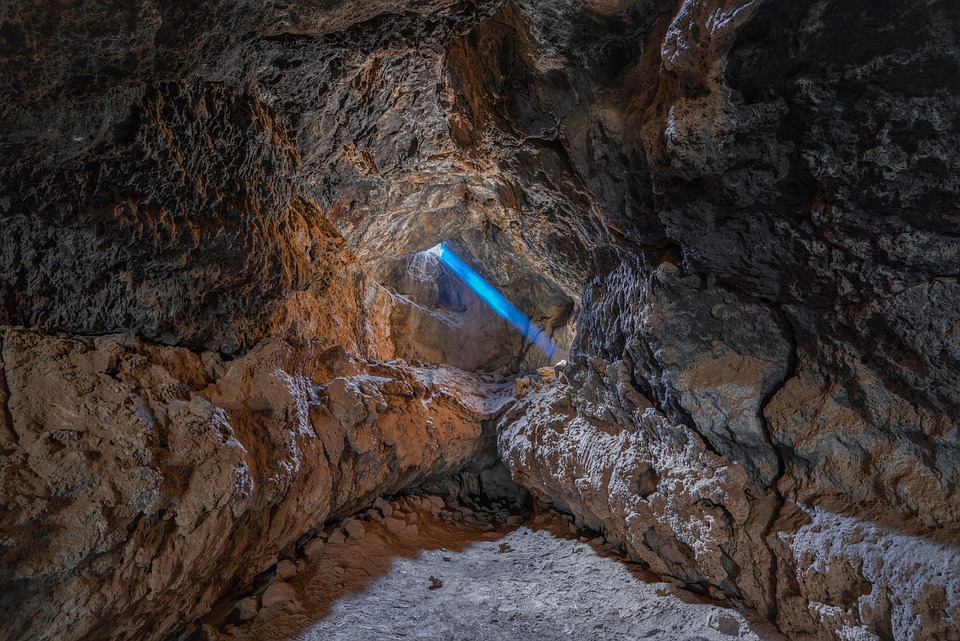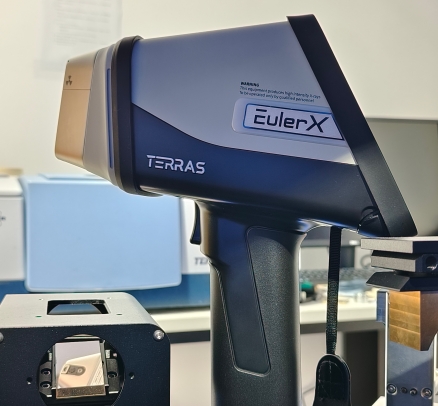
Mining
A high-tech enterprise focusing on the development and application of X-ray technology products, committed to becoming a leading supplier of X-ray industrial testing solutions.
Breaking Ground in Mineralogy: XRF Analyzers for Accurate Results
Mineralogy, the study of minerals and their properties, has always been a fascinating field for scientists and geologists alike. From identifying mineral compositions to understanding geological formations, the accuracy of analyses is paramount. In recent years, X-ray Fluorescence (XRF) analyzers have emerged as a revolutionary tool in the realm of mineralogy, offering unparalleled accuracy and efficiency in obtaining elemental composition data.
Understanding XRF Analyzers
XRF analyzers utilize the principle of X-ray fluorescence to determine the elemental composition of a sample. When high-energy X-rays strike a material, they cause the atoms within it to emit secondary X-rays at characteristic wavelengths. By measuring the energy and intensity of these emitted X-rays, the analyzer can identify the elements present in the sample and quantify their concentrations.

Advantages Over Traditional Methods
Traditionally, mineralogical analyses required time-consuming sample preparation and complex laboratory procedures. Techniques such as wet chemistry or optical microscopy, while accurate, often lacked the speed and efficiency demanded by modern research and industry needs.
XRF analyzers revolutionize the process by offering several key advantages
Speed: XRF analysis is rapid, providing results in minutes rather than hours or days required by traditional methods. This accelerated pace allows for quicker decision-making and increased productivity in research and industrial settings.
Non-destructive: Unlike some traditional techniques that necessitate destroying or altering the sample, XRF analysis is non-destructive. This preservation of the sample integrity is crucial, especially when working with rare or valuable specimens.
Portability: Many modern XRF analyzers are portable, allowing researchers to conduct on-site analyses in the field. This portability eliminates the need for transporting samples to a central laboratory, saving time and resources.
Accuracy: With advancements in technology, XRF analyzers offer exceptional accuracy and precision in elemental quantification. Modern instruments are calibrated against certified reference materials, ensuring reliable results even for trace element analysis.
Applications in Mineralogy
The applications of XRF analyzers in mineralogy are vast and diverse:
Exploration and Mining: XRF analyzers are indispensable tools in mineral exploration and mining operations. By quickly assessing the elemental composition of rock samples, geologists can identify potential ore deposits and optimize extraction processes.
Environmental Monitoring: XRF analysis enables precise monitoring of environmental contaminants in soil and water samples. Researchers can detect trace elements and assess their impact on ecosystems with high sensitivity.
Archaeological Studies: In archaeological research, XRF analyzers aid in identifying the elemental composition of artifacts and geological materials. This information helps historians unravel the origins and provenance of ancient objects.
Material Characterization: XRF analysis is utilized in material science for characterizing the elemental composition of ceramics, glass, and other manufactured materials. This information is crucial for quality control and product development.
The EulerX 500 series from Terra Scientific marks a significant advancement in handheld XRF mining analyzers, tailored for a variety of analytical tasks within the mining sector. This device enables on-site analysis of ore samples with little to no sample preparation, shifting the assay timeline from days to mere minutes. Utilizing the fundamental parameters method, the EulerX 500 series can analyze ore samples accurately without the need for calibration standards.

Future Directions
As technology continues to advance, the capabilities of XRF analyzers in mineralogy are expected to expand further. Innovations in detector sensitivity, spectral resolution, and data processing algorithms will enhance the accuracy and versatility of these instruments.
Furthermore, integration with other analytical techniques such as X-ray diffraction (XRD) and scanning electron microscopy (SEM) will enable comprehensive mineralogical investigations, providing deeper insights into the structure and properties of geological materials.
In conclusion, XRF analyzers represent a significant breakthrough in mineralogy, offering rapid, non-destructive, and accurate analyses of elemental composition. As these instruments become more accessible and sophisticated, they will undoubtedly continue to shape the future of mineralogical research and industry practices.
Join Us
Subscribe to our email list for updates & promotions.



